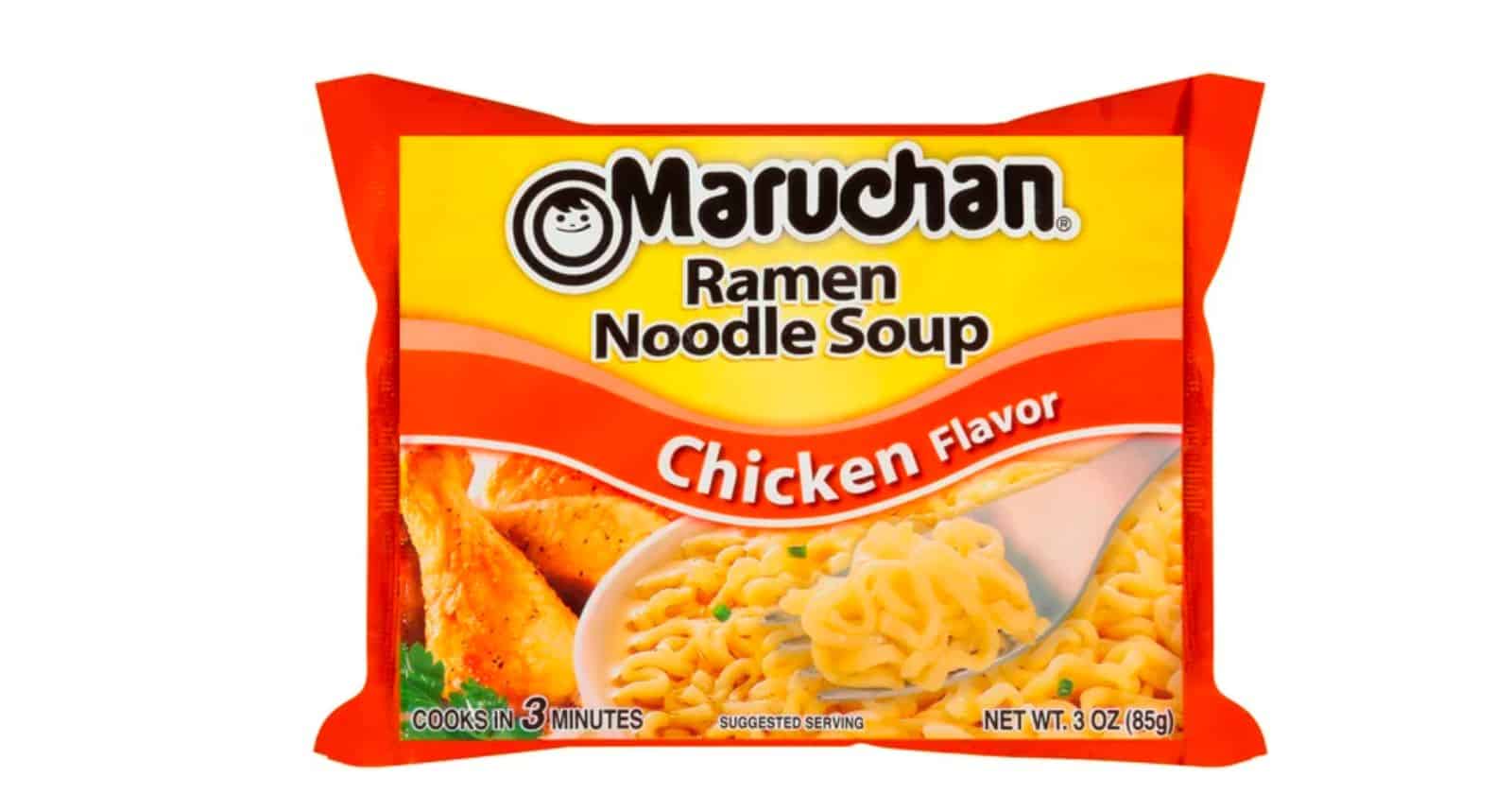Ramen noodles are a staple food for many. But if you follow a gluten-free diet, you may be wondering: can you still enjoy popular Maruchan brand instant noodles?
The short answer is no. Maruchan ramen contains gluten and is not safe for people who need to avoid it.
This is because Maruchan noodles are made using wheat flour, which naturally contains the protein gluten. For people with celiac disease or gluten sensitivity, consuming gluten can cause serious health issues.
While traditional Maruchan ramen is off-limits on a gluten-free diet, the good news is that plenty of delicious gluten-free ramen alternatives exist. With a few easy substitutions, you can still enjoy slurping up steamy bowls of nourishing ramen while sticking to your gluten-free lifestyle.
In this article, we’ll explore gluten-free ramen options, how to identify and cook them, as well as tips for avoiding cross-contamination. Read on to learn everything you need to know to savor flavorful, gluten-free ramen safely.
Do Maruchan Noodles Contain Gluten?
The short answer is yes. Maruchan ramen noodles are not gluten-free.
Here’s why:
The main ingredient in Maruchan noodles is wheat flour. This flour contains gluten, a protein found in wheat, barley and rye.
For people with celiac disease or gluten sensitivity, consuming gluten triggers an autoimmune reaction that damages the small intestine. This can cause symptoms like abdominal pain, bloating, diarrhea and fatigue.
So for these individuals, Maruchan ramen and other products made with wheat flour are off the menu. Checking labels and avoiding gluten is essential.
Identifying Safe, Gluten-Free Ramen Alternatives
While traditional Maruchan noodles are a no-go, plenty of delicious gluten-free ramen options are available so you can still enjoy this classic comfort food. Here’s what to look for:
Check the Ingredients
When evaluating a potential gluten-free ramen substitute, scan the ingredients list carefully. It should not contain any mention of wheat, barley or rye.
Look for Gluten-Free Labeling
Many products marketed as gluten-free ramen will state this clearly on the packaging. Seek out phrases like “gluten-free” or “does not contain gluten.”
Opt for Alternative Grains
Instead of wheat, gluten-free ramen is often made from grains like:
- Brown rice
- Millet
- Buckwheat
- Corn
- Quinoa
These gluten-free whole grains provide fiber, protein and nutrients.
Try Alternative Noodle Ingredients
Some innovative gluten-free ramen swaps use veggie or seaweed-based noodles. Options include:
- Konjac noodles (made from konjac plant root)
- Kelp noodles (made from seaweed)
- Zucchini noodles
- Sweet potato noodles
- Carrot noodles
Best Brands of Gluten-Free Ramen
Here are some of the top brands offering gluten-free ramen noodles:
Lotus Foods Ramen
Lotus Foods makes ramen with gluten-free grains like millet, brown rice and buckwheat. Their noodles have a firm, chewy texture. Flavors include Original, Miso, Spicy and Tom Yum.
Mike’s Mighty Good Ramen
This brand uses organic, non-GMO corn and rice noodles. Try flavor varieties like Pork, Chicken and Vegetable. Their ramen packs 10g protein per serving.
Dr. McDougall’s Right Foods Ramen
Dr. McDougall’s ramen soups feature gluten-free noodles made from rice, potato starch and corn starch. Flavors include Chicken and Vegetarian.
Thai Kitchen Rice Noodles
Thai Kitchen offers gluten-free rice noodles that work well as ramen replacements. Add your own broth and toppings. Their pad thai and stir-fry noodles work great.
Tinkyada Pasta Joy Rice Noodles
These round rice noodles mimic traditional ramen. Use them in soups or stir-fries. Tinkyada makes organic, non-GMO, kosher and gluten-free pastas.
Explore Asian Markets
Asian grocery stores often have a wide selection of gluten-free rice noodles and ramen. Shop their shelves for great finds.
Follow These Cooking Tips for Delicious Gluten-Free Ramen
Cooking up the perfect bowl of gluten-free ramen requires a few special tricks. Here are some tips:
- Follow the package directions closely, as gluten-free noodles can overcook quickly. Test for doneness early.
- Rinse cooked noodles with cold water to stop the cooking process. This prevents sticking.
- Add oils like sesame or olive oil to the cooking water to prevent noodles from clumping.
- Use broth and seasonings to boost flavor since gluten-free noodles can be bland on their own.
- Throw in proteins and veggies like chicken, shrimp, bok choy, mushrooms, carrots and bean sprouts.
- Stir constantly to keep noodles separated. Use wood or plastic utensils to avoid damaging noodles.
- For stir fries, add sauce after noodles are cooked so they don’t clump.
Enjoying Gluten-Free Ramen Safely
When going gluten-free, cross-contamination is a concern. Be cautious when cooking and serving to avoid trace gluten exposure:
- Use separate, designated pans and utensils for gluten-free cooking only. Don’t let them touch gluten-containing foods.
- Wash all cookware thoroughly before using to make gluten-free dishes.
- Read all labels carefully and watch for advisory warnings like “made in a facility that processes wheat.”
- When dining out, ask about ingredients and preparation. Avoid ramen restaurants.
- Look for certification from organizations like the Gluten-Free Certification Organization (GFCO).
You Can Still Enjoy Delicious Ramen on a Gluten-Free Diet
Traditional ramen noodles like Maruchan contain gluten, making them unsuitable for people avoiding gluten. But thanks to innovative gluten-free options made from alternative grains and vegetables, you can still enjoy slurping up classic ramen recipes.
From Lotus Foods to Thai Kitchen rice noodles, many tasty brands offer gluten-free ramen swaps. With some modifications to preparation and handling, gluten-free ramen can be safe and delicious.
Say goodbye to FOMO and hello to flavourful, nourishing bowls of ramen that you don’t have to miss out on. With the right noodles and recipes, you can continue to savor this iconic comfort food while sticking to your gluten-free diet.





